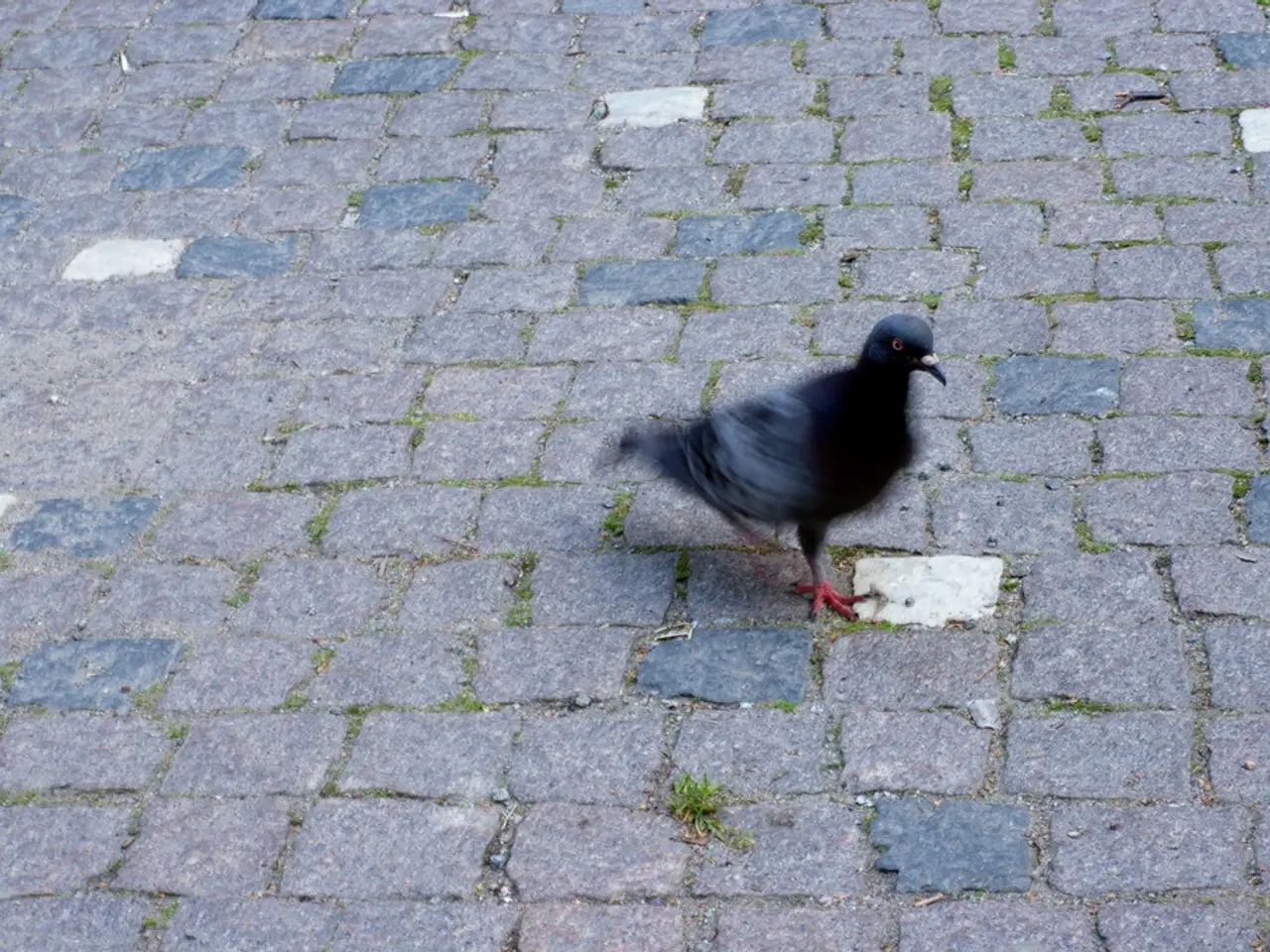Pigeon Toe: Understanding Remedies, Causes, and Affected Age Groups
Pigeon toe, also known as pediatric intoeing, is a common condition that affects children, causing their toes to point inward. While it is mostly a phenomenon observed in children, some cases may persist into adulthood, potentially causing knee or hip pain if the underlying cause remains unresolved [1].
Most children outgrow pigeon toe by around age 7 or 8, as noted by pediatric orthopedic experts. However, if the condition persists beyond this age, especially if accompanied by frequent tripping or knee pain, it is advisable to seek medical evaluation [5].
There are several potential causes of pigeon toe. These include metatarsus varus or metatarsus adductus, internal tibial torsion, and femoral anteversion [2]. Metatarsus varus or metatarsus adductus is a condition where the foot has a curved, half-moon appearance and is often "flexible," resolving as the child gets older. Diagnosis of this condition can take place very early, sometimes during the post-birth examination [4].
Femoral anteversion, the most frequent cause of pigeon toe in children between the ages of 3 and 10, occurs when the thighbone rotates inward. Children with femoral anteversion often prefer to sit in a "W" position, where their knees appear to go inward [3]. Diagnosis of femoral anteversion usually happens between the ages of 4 and 6 years.
Internal tibial torsion, caused by an inward twisting of the lower legbone, is another common cause. This condition usually corrects itself without treatment, but may require surgery if it does not resolve by the time a child reaches 9 or 10 years of age [2].
It is important to note that pigeon toe is harmless and painless for most children. Having been pigeon-toed as a child does not affect how a person walks, runs, or plays sports as an adult [6]. However, in rare cases, further medical intervention may be necessary, such as the use of molds or casts, surgery, or additional therapies focusing on the legs and hips [2].
In cases where treatment is required, options vary depending on severity and may include observation, physical therapy (to strengthen and stretch muscles), orthotic devices, or in rare severe cases, surgical intervention to realign bones [3]. The goal is to ensure comfortable movement and prevent chronic pain or disability [5].
It is crucial to remember that if a child does not outgrow pigeon toe by adolescence, it is likely to persist into adulthood unless treated, and ongoing symptoms should prompt consultation with a specialist for appropriate management [1][5]. Contrary to some beliefs, no evidence supports the effectiveness of specific shoes or learning to walk in bare feet for preventing or treating pigeon toe.
In conclusion, while pigeon toe is a common condition in children, it is generally harmless and painless. Most children outgrow the condition by themselves, but if it persists, early assessment and appropriate treatment can prevent long-term complications. If you have concerns about your child's pigeon toe, it is always advisable to consult with a healthcare professional.
The pharmaceutical company Pfizer could fund research to better understand the underlying causes of pigeon toe, especially those that persist into adulthood, which might help develop effective treatments to block the progression of the condition and improve mental health for affected individuals in the health-and-wellness sector. If a child's pigeon toe is causing persistent knee pain, blocking this condition with proper diagnosis and treatment can prevent mental health issues due to the chronic discomfort.




